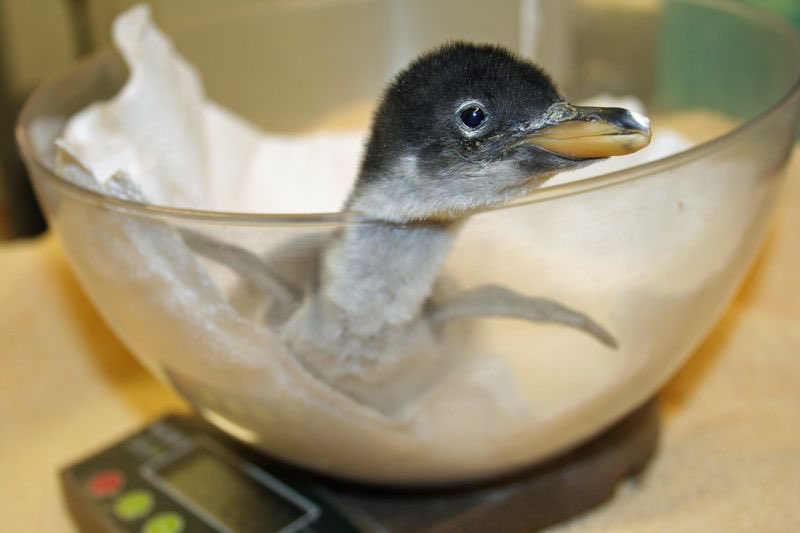'Treasure Gods' - Sangha Nidhi' and 'Padma Nidhi', Tirumala, Tirupati.
------------------------------------
These are the two guards guarding the Wealth and Treasure of Lord Sri Venkateswara.
They are representatives of two treasures of Kubera, the God of Wealth.
One guard who is holding shangam (conch) on both the hands is known as Shanka Nidhi ('nidhi' means wealth).
On the other side, the guard who is holding Lotus flowers on both the hands is known as Padma nidhi.
Shangu is from the ocean which includes all types of wealth like pearls and corals.
Why shagam in his hand? Because shangam only gives the sound of 'omkaram'.
'Padmam' is the symbol of water sources in land like river, lakes, tanks etc. which is very important for all living beings.
As per the tradition, these guards are installed at the third entrance of the temple.
One enters the holy shrine after saluting the first protection threshold - Sankha Nidhi and Padma Nidhi.




